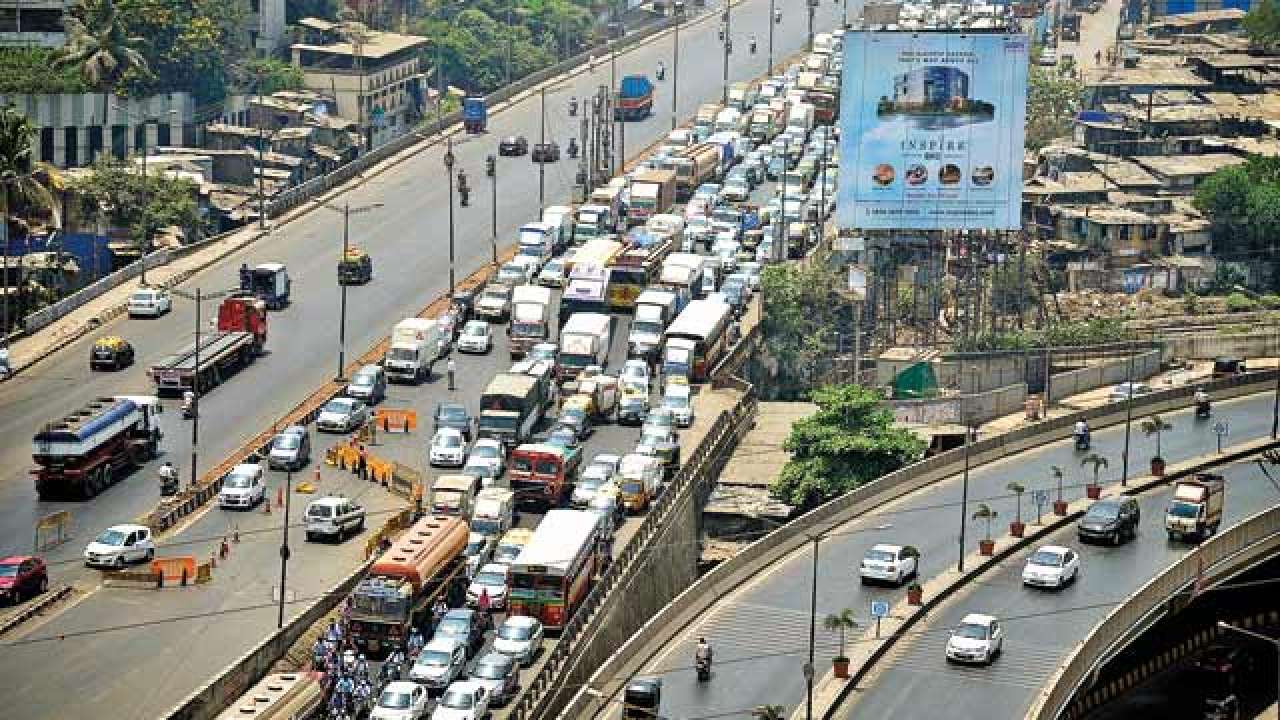
Yet another road accident has claimed a few promising lives. The victims this time around are TV actors Gagan Kang and Arjit Lavania. Kang, who was driving the car, lost control of his vehicle and crashed into the rear end of a stationary trailer parked alongside the road, just outside Mumbai. Sleepiness was attributed as the probable cause of the accident. Soon after, down South, two Kannada TV stars met with a fatal mishap. A few months ago, India’s ace car racer, Ashwin Sunder, died in Chennai when his car crashed into a tree and caught fire, charring both him and his wife.
The Minister for Road Transport, Highways and Shipping, Nitin Gadkari, who has initiated some unprecedented steps to improve road safety in India, has himself been the victim of a near fatal accident in September 2001, which had kept him bed ridden for over six months.
As such, there isn’t a more unnatural way to cut short or impair a promising life than an unexpected road accident. The magnitude of the problem in India can be gauged from the fact that on an average, 1.5 lakh people die in road accidents every year. Road accidents cause 400 deaths every day in the country, with nearly 45-50 victims being children. Considering that most of the victims are in the employable age group, the loss is expected to be approximately 3 per cent of our annual GDP. Moreover, the psychological damage to society is far graver. It leaves behind emotionally devastated and financially impaired families.
Has the government done enough to address the issue? One of the key decisions of the government in addressing this issue has been to extend the total stretch of national highways in the country from a meagre 97,000 km to 2,00,000 km over a period of five years. India has a total road length of 5.2 million km, but as much as 40 per cent of the traffic used to move on national highways, which constituted just two per cent of the total road length, thus causing high accident figures. Doubling the length of National Highways will improve these roads, ease out traffic and reduce accidents.
Another important step has been the conversion of vast stretches of two-lane highways into four-lane highways. Earlier, highways which registered more than 15,000 passenger car units (pcu) per day qualified for conversion to four-lane highways. Now the government has brought down the qualifying criterion to 10,000 (pcu) per day. Conversion of two-lane highways into four-lane highways naturally brings down road accidents as there is a bifurcating divider which effectively makes these roads one-way.
The third key initiative has been to involve the public in identifying ‘black spots” on the highways. Black spots are the places where maximum accidents occur. After extensive study, the government identified 726 black spots across the country; repair and rectification work is on in full swing and, hopefully, all these black spots will be addressed in the next few months.
One of the main reasons for the high casualty rate was the huge amount of time wasted in making quality emergency care available to the critically injured. To address this, based on a directive from the Honourable Supreme Court, the government has laid out specific guidelines whereby a Good Samaritan helping a road victim will not face any harassment from the hospital, police and related authorities. Over time, this step is bound to reduce accident fatalities.
Moreover, the government stands committed to get the path-breaking Motor Vehicles Amendment Bill passed in Parliament. The Bill has already been passed by the Lok Sabha, but had to be referred to a select committee in Rajya Sabha over reservations pertaining to certain contentious clauses.
In addition to all these, the government is pushing for intelligent traffic systems which will enable it to immediately track, real-time, when there is a traffic violation. Another unprecedented step is the setting up an Indian Bridge Management System (IBMS) which contains a real time inventory of all bridges across the country with their updated repairs and maintenance requirements records. Prior to this, there was no cumulative database of bridges, some of which are over 100 years old. At the same time, the government has laid down specific guidelines for speed-breakers, which account for 30 crashes and 9 deaths on an average every day.
While these are some of the key steps taken by the government, the larger challenge is to change mindsets, especially as most accidents in India are caused by human error or callousness. Unless safety is ingrained into individual citizen’s psyche, the challenging target of reducing road accident fatalities by 50 per cent will remain a distant dream.
Can we thus think of a National Traffic Offenders’ Registry where anybody who has been booked twice or more for a traffic violation gets listed? In fact, the state governments can take the lead here and explore this on an experimental basis. Naming and shaming often works. Besides, irresponsible road behaviour should be a disincentive for job seekers.
Lastly, if we really want to drill road safety into our national conscience, we will need to link it with the responsibilities of a good citizen. It won’t be a bad idea to have Road Safety dialogues in all top colleges of the country. Students should be given a road safety pledge. Ideally, we must raise the pitch of our Road Safety campaign to a point where we aggressively promote a road-safety badge that features prominently on a vehicle. The sticker could read: I am New India; I pledge to be a safe road user.
The writer is a well-known author and spokesperson for Mumbai BJP. Views expressed are personal.